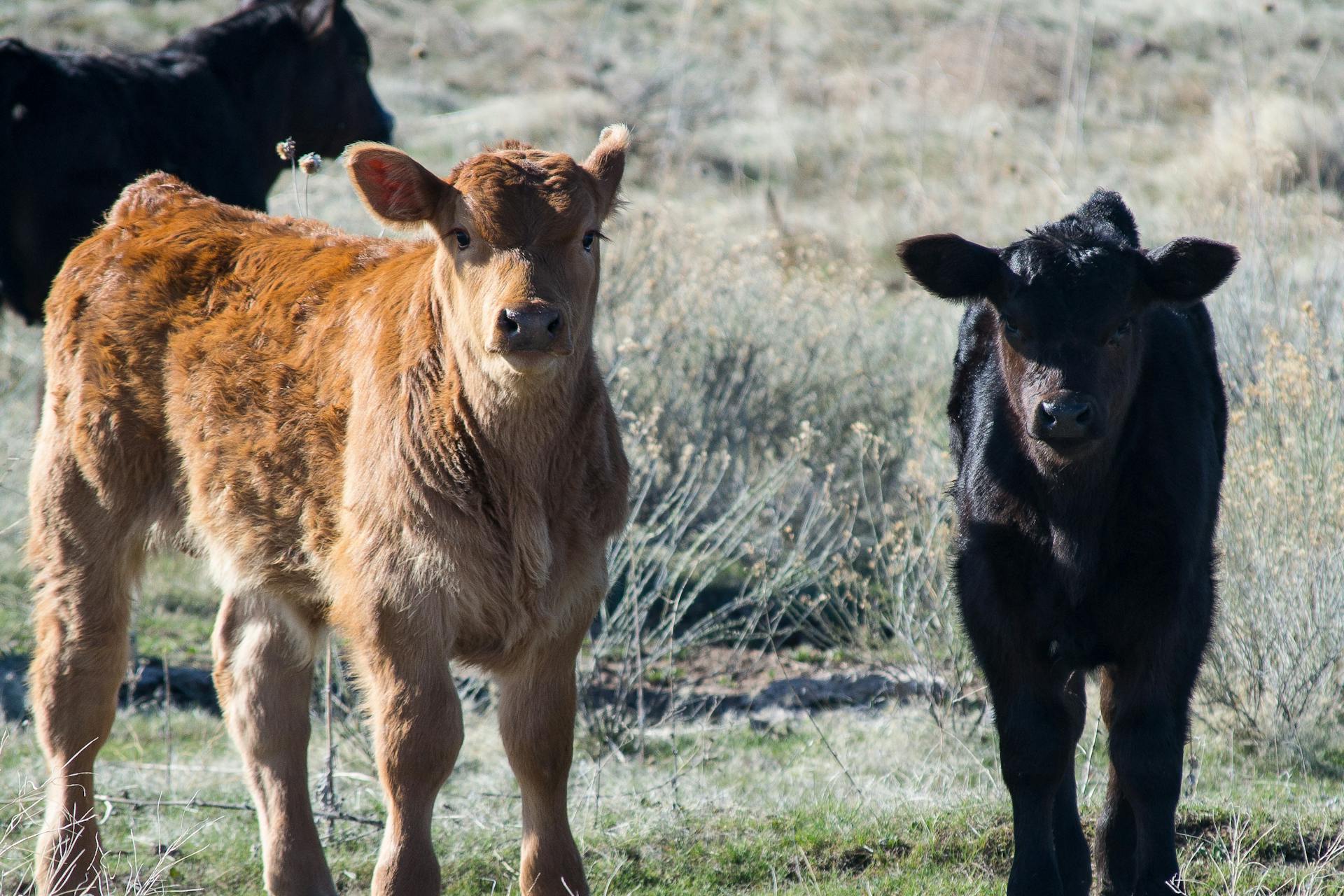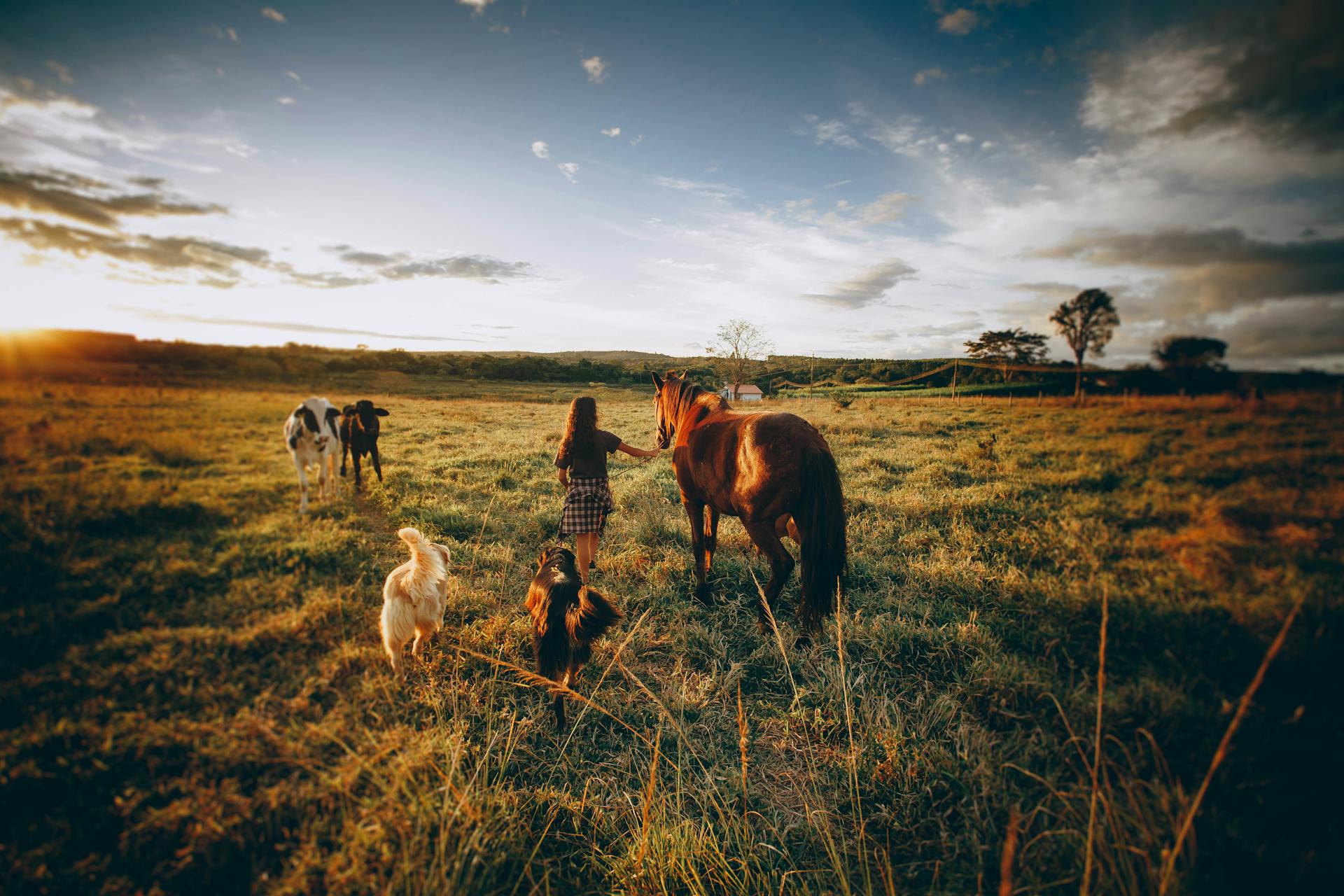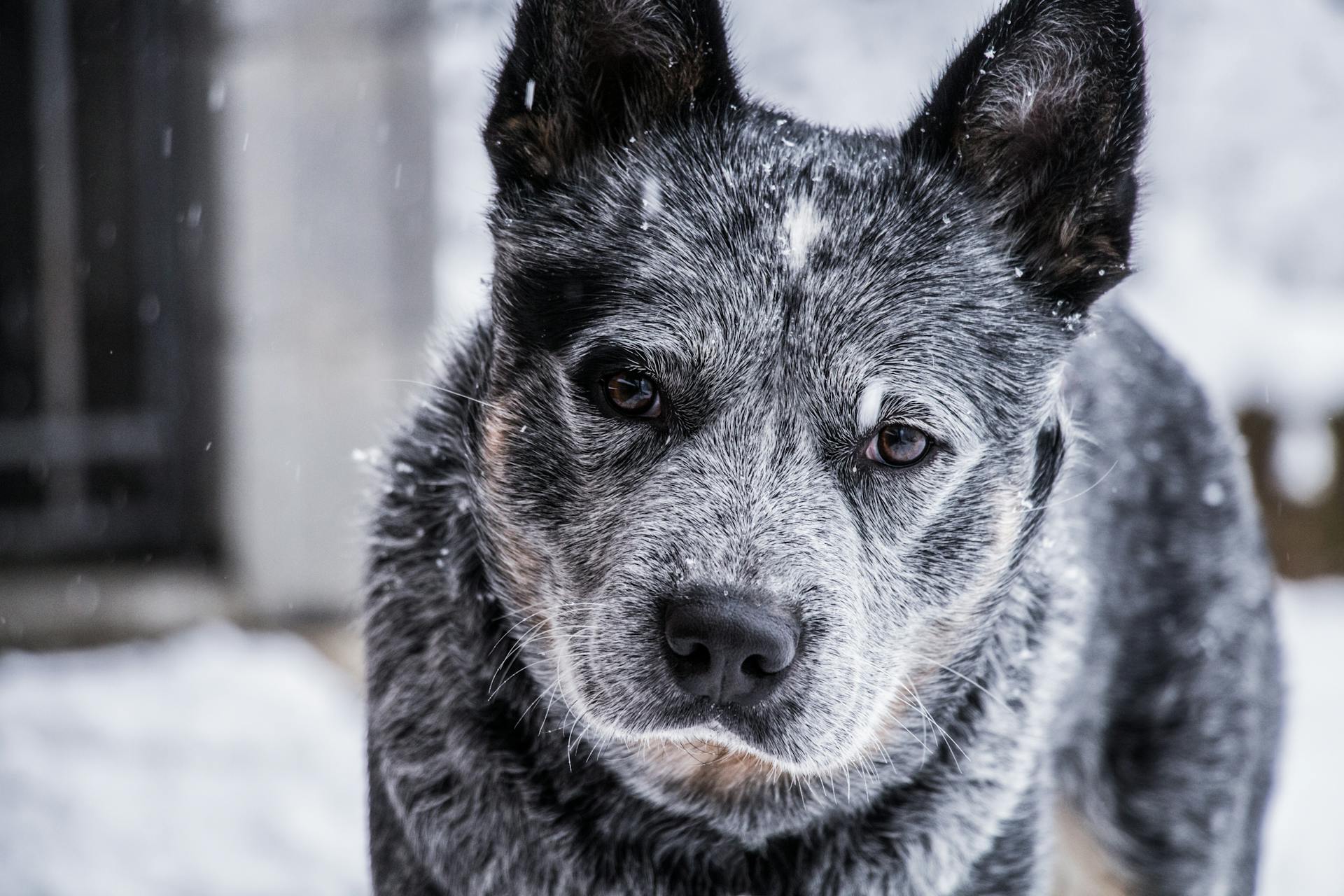
If you're looking for a cattle dog that excels in herding, you're in luck because some breeds are naturally better at it than others.
The Australian Cattle Dog, for example, is a top choice for herding due to its strong work ethic and intelligence.
This breed is known for its ability to learn quickly and respond well to commands, making it a popular choice among ranchers and farmers.
The Blue Heeler is another breed that's well-suited for herding, thanks to its strong prey drive and agility.
Its high energy level and strong herding instinct make it a great fit for farmers who need a dog that can keep up with their cattle.
The Red Heeler is also a popular choice for herding, with its strong work ethic and intelligence making it a valuable asset on any farm.
Breed Characteristics
Good cattle dogs are known for their intelligence and trainability, which makes them highly responsive to commands and easy to teach.
They are naturally protective of their herd and territory, making them excellent guardians.
Their high energy levels require regular exercise and mental stimulation to prevent boredom and destructive behavior.
These dogs are highly adaptable and can thrive in various living situations, from large farms to small homes.
Their strong work ethic and loyalty make them a valuable asset to any farm or family.
Cardigan Welsh Corgi
The Cardigan Welsh Corgi is a short, super sweet pup with lots of herding drive. They are strong and able to work cattle or sheep for farmers and ranchers.
They are stocky and agile enough to get out of the way, showing everyone they mean business. With a mild temperament, they enjoy lounging around as well as working.
They make great family pets and can take on some of your work, fitting into any lifestyle. A great family protector, they have the bonus feature of having the drive to herd.
Size
The Australian Cattle Dog is a relatively compact breed, with males standing 18 to 20 inches tall.
Females are slightly smaller, ranging from 17 to 19 inches in height.
Males typically weigh between 30 to 50 pounds, which is a good size for a working dog.
Their weight range is consistent, making them a great fit for active families or farmers.
Temperament
The Australian Cattle Dog is a tough and rugged breed that requires a firm hand. They're highly intelligent and learn quickly, but can also be independent and stubborn at times.
This breed is not for the faint of heart - they need constant mental and physical activity to stay happy and healthy. If they're bored or lonely, they can become destructive, so be prepared to keep them busy.
Australian Cattle Dogs are naturally protective of their territory and can be suspicious of strangers, making them excellent watchdogs. However, they can also be playful and affectionate with family members and pets.
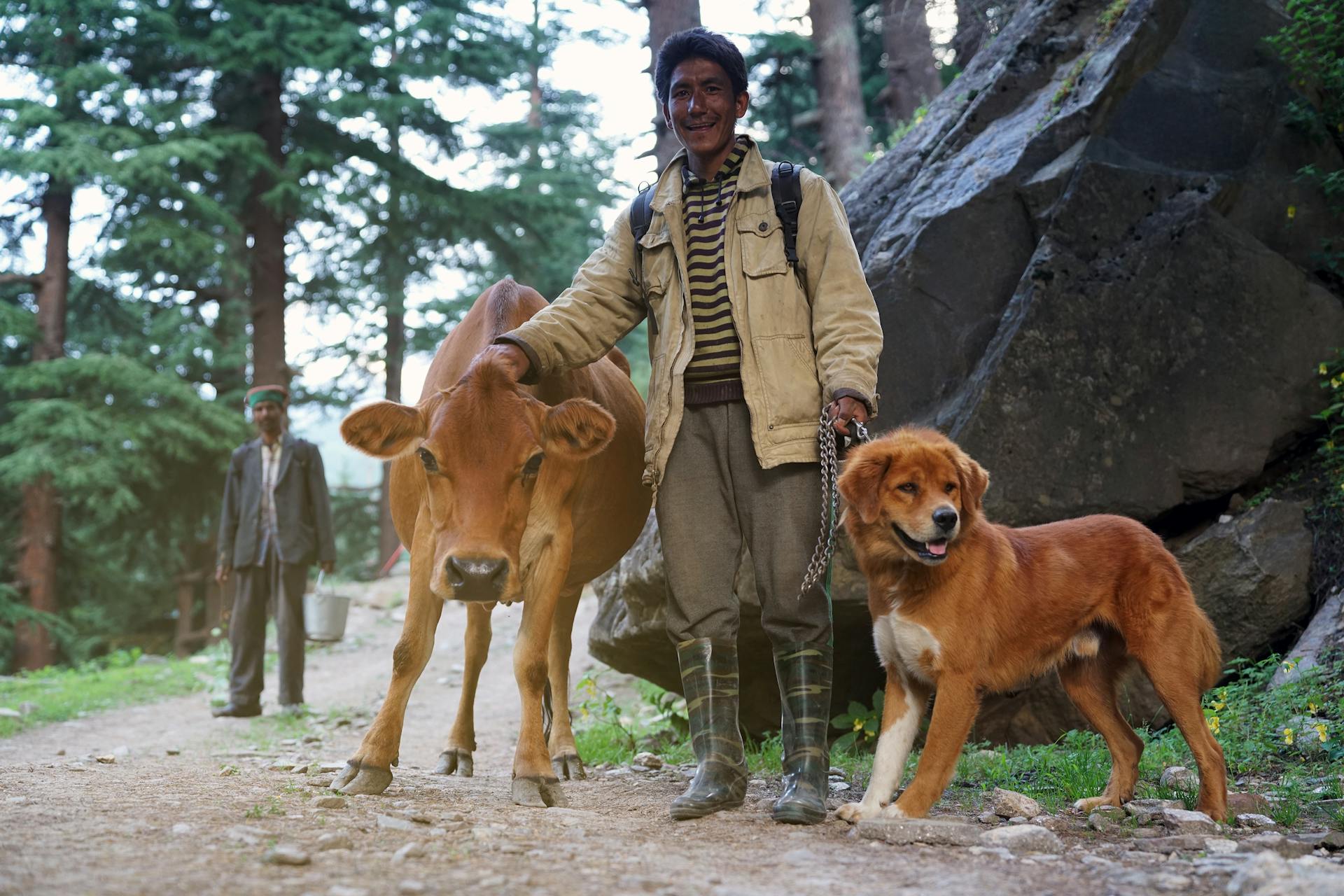
Their strong will can make them challenging to train, but consistent, positive training can help control their independent streak. Early socialization is key to raising a well-rounded Australian Cattle Dog.
If you're an adventurous, active person, the Australian Cattle Dog might be a perfect companion for you. However, they may be too energetic and strong-willed for young children or the elderly unless they're well trained.
Care and Upkeep
The Australian Cattle Dog requires daily exercise, which can include long hikes or jogs, and it enjoys vigorous games.
To keep your Australian Cattle Dog happy and healthy, you'll need to provide plenty of physical and mental stimulation. He's not well suited to living in an apartment or being left alone for long periods of time.
A securely fenced yard or a country farm or ranch is ideal for this breed, as they have a strong herding instinct and will herd and chase just about anything.
The Australian Cattle Dog needs early socialization and training to prevent timidity and to teach him not to put his mouth on people, only on appropriate chew items.
Brush your Australian Cattle Dog's coat periodically, ideally four times a month, to distribute oils and remove dirt. When he sheds, brush frequently to remove the dead hair.
The Australian Cattle Dog's nails should be trimmed once a month if they don't wear down naturally, and his ears should be checked weekly for redness or a bad odor.
By starting to groom your Australian Cattle Dog when he's a puppy, you can make the experience positive and lay the groundwork for easy veterinary exams and other handling when he's an adult.
Regular grooming will also help you spot potential health problems early, such as sores, rashes, or signs of infection.
For another approach, see: When Do Border Collies Stop Growing
Health and Wellbeing
Australian Cattle Dogs are generally healthy, but like all breeds, they're prone to certain health conditions.
Progressive Retinal Atrophy (PRA) is a family of eye diseases that involves the gradual deterioration of the retina, causing dogs to become night-blind and eventually lose sight during the day.
Early detection of PRA is crucial, as many affected dogs adapt well to their limited or lost vision if their surroundings remain the same.
Dogs with hip dysplasia may not display outward signs of discomfort, but X-ray screening is the most certain way to diagnose the problem, which can lead to arthritis as the dog ages.
If you're buying a puppy, ask the breeder for proof that the parents have been tested for hip dysplasia and are free of problems.
Deafness is an inherited condition in the Australian Cattle Dog, but it can be tested for while the puppies are very young.
Research indicates that deafness is color-linked, and genes that cause pups to be born white or with white hairs in the coat are linked to deafness.
Deaf dogs should not be bred, and Brainstem Auditory Evoked Response (BAER) testing is useful for determining hearing problems, but it's only a tool, not a cure.
Readers also liked: Hip Problems in Border Collies
Return
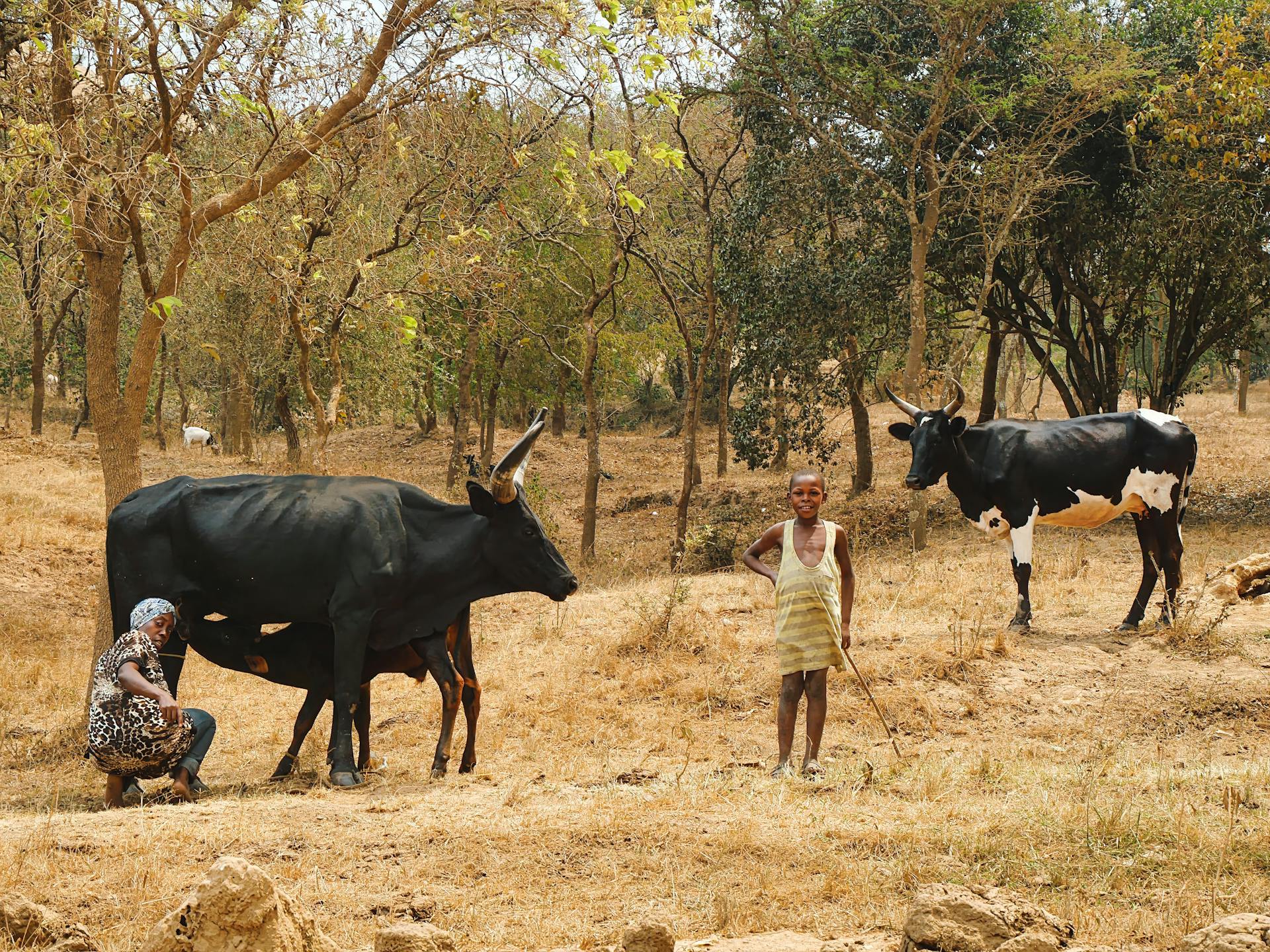
Return to your natural rhythm after a long day. The Australian Cattle Dog is a great example of a breed that thrives on physical activity and mental stimulation.
With their superior intelligence and easy trainability, they can keep up with demanding schedules. They have a drive that keeps them going, making them perfect for active families.
Their nickname 'Heeler' is a testament to their ability to work long hours without getting tired. Whether you're a seasoned athlete or just starting out, incorporating physical activity into your daily routine can have a significant impact on your overall wellbeing.
A daily 30-minute walk can be a great starting point, and the Australian Cattle Dog's high energy levels make them the perfect companion for this task.
Health
Australian Cattle Dogs are generally a healthy breed, but like all breeds, they can be prone to certain health conditions. It's essential to be aware of these conditions if you're considering bringing one home.
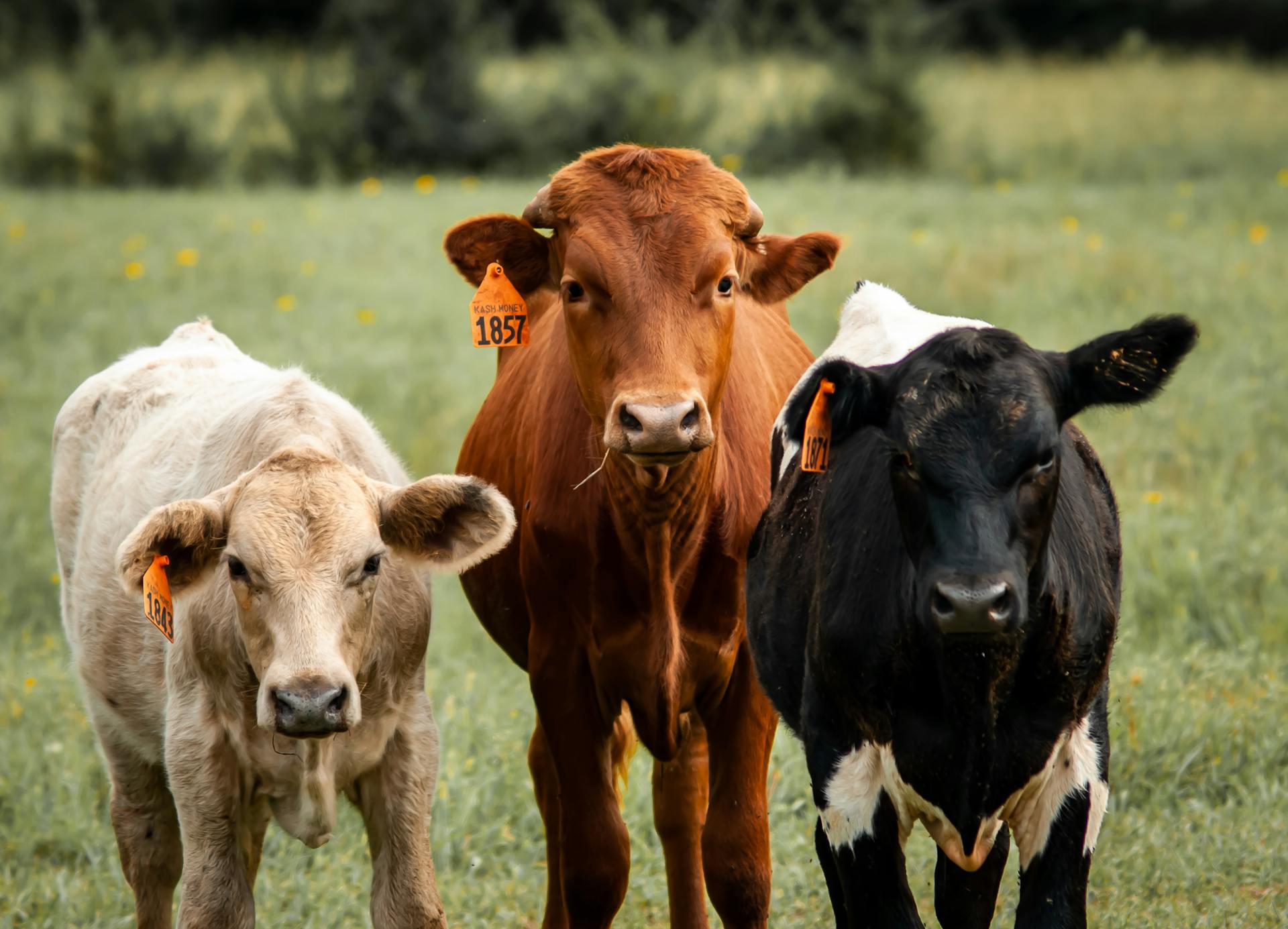
Progressive Retinal Atrophy (PRA) is a family of eye diseases that can cause dogs to lose their vision. Early in the disease, affected dogs become night-blind and may lose sight during the day as the disease progresses.
Some Australian Cattle Dogs may be born with hip dysplasia, a condition where the thighbone doesn't fit snugly into the hip joint. X-ray screening is the most certain way to diagnose this problem.
Deafness is another inherited condition in Australian Cattle Dogs, but it can be tested for while the puppies are very young. Research indicates that deafness is linked to genes that cause white or roaning patterns in the coat.
If you're buying a puppy, be sure to ask the breeder for proof that the parents have been tested for hip dysplasia and are free of problems. This will help ensure that your new furry friend stays healthy and happy.
Here are some common health issues to watch out for in Australian Cattle Dogs:
- Progressive Retinal Atrophy (PRA)
- Hip Dysplasia
- Deafness
Family Life Suitability
The Australian Cattle Dog is a great breed for families, but it's essential to consider their needs and requirements. They require a lot of time to exercise and train, which may conflict with family time commitments.
With proper training and socialization, Australian Cattle Dogs can be wonderful with children, especially if they're raised with them from a young age. However, even with older children, they need to be taught to respect each other's boundaries.
Young children and Australian Cattle Dogs should never be left alone together, and adults should supervise all interactions between them. This is crucial to prevent any biting or ear or tail pulling.
Australian Cattle Dogs are generally good with other dogs in the household, especially if they're raised together from puppyhood. However, they can be jealous or squabbles with other dogs if they're not properly socialized.
Related reading: Are Border Collies Good for First Time Owners
Rough Collie
The Rough Collie is a beautiful breed that can thrive in a family setting. They are very smart and can learn to work alongside you to manage your household.
Their protective nature makes them great watchdogs, always keeping an eye out for potential threats. Their larger size also makes them sturdy enough to handle daily activities with minimal rest.
Their coat requires daily care, but they appreciate the attention and make up for it with their loving personalities.
Family Life Suitability

The Australian Cattle Dog can make a great family dog, but it's essential to consider their herding instincts. They prefer to have everyone move together at a pace they dictate.
If you have younger children or toddlers, you may find it challenging to overcome this trait. The breed requires a lot of time for exercise and training, which may conflict with family time commitments.
To ensure a harmonious household, it's crucial to teach children how to approach and touch dogs, and to supervise interactions between dogs and young children. This will help prevent biting or ear or tail pulling.
Australian Cattle Dogs can be very protective of their family, but this can sometimes manifest as rough play, especially if they're not socialized to children from an early age. With careful socialization and training, they can learn to be gentle and playful companions.
If you have other pets in the household, such as cats or small animals, it's essential to socialize your Australian Cattle Dog puppy to them from an early age. This will help them consider these animals as members of the household and leave them alone.
Consider reading: Are German Shepherds Good for First Time Owners
Ideal Owner
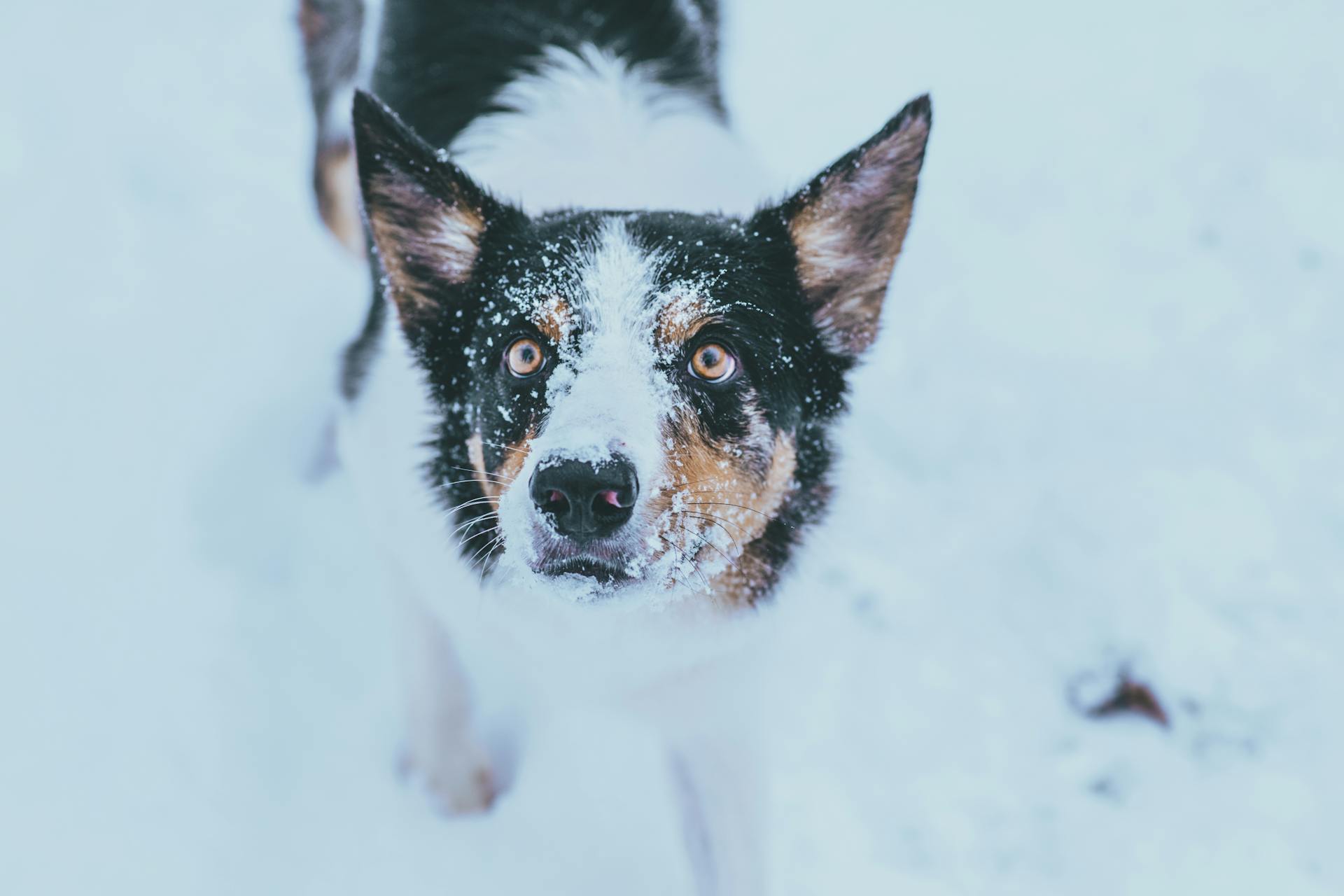
If you're considering bringing an Aussie Cattle Dog into your family, it's essential to think about your lifestyle and whether it's a good fit for this high-energy breed.
The ideal owner for an Aussie Cattle Dog is someone who lives rurally and spends a lot of time outdoors, whether it's walking, riding, or herding cattle.
This breed needs a lot of physical and mental stimulation, which can be challenging for city dwellers or those with sedentary lifestyles.
If you can't provide cattle, long walks and time spent herding exercise balls or participating in competitive dog sports will suffice for this tough, workaholic dog.
Ultimately, the key to a happy and healthy Aussie Cattle Dog is an owner who can provide plenty of exercise, mental stimulation, and love.
For your interest: How Much Exercise Do Border Collies Need
Frequently Asked Questions
What is the best herding dog?
While opinions may vary, the Border Collie is often considered one of the top herding breeds due to its exceptional intelligence, agility, and strong herding instincts. However, other breeds like the Australian Shepherd and Australian Kelpie also excel in herding and may be a better fit depending on your specific needs and preferences.
What is the toughest cattle dog?
The Australian Cattle Dog is a robust breed known for its toughness and high energy levels. It requires a firm hand and strong training to reach its full potential.
Are blue heelers and Australian Cattle Dogs the same?
Yes, blue heelers and Australian Cattle Dogs are the same breed, with the term "blue heeler" referring to the breed's blue-gray coat color. Not all Australian Cattle Dogs have this color, but all blue heelers are indeed Australian Cattle Dogs.
Are Belgian Malinois cattle dogs?
No, Belgian Malinois are not cattle dogs, but they are capable of working with cattle with confidence
Sources
- https://wagwalking.com/breed/top-dog-breeds-that-herd-livestock
- https://www.britannica.com/animal/Australian-cattle-dog
- https://www.dogbreedslist.info/all-dog-breeds/australian-cattle-dog.html
- https://dogtime.com/dog-breeds/australian-cattle-dog
- https://www.purina.co.uk/find-a-pet/dog-breeds/australian-cattle
Featured Images: pexels.com
